Places to Visit in Edirne
Make sure to visit these places when visiting Edirne to create unforgettable memories in this fascinating city.
Make the Most of Your Time
Edirne is a city located in the westernmost part of Turkey and is known for its historical and cultural richness. The second capital of the Ottoman Empire, Edirne is an important touristic destination that still carries traces of the past.
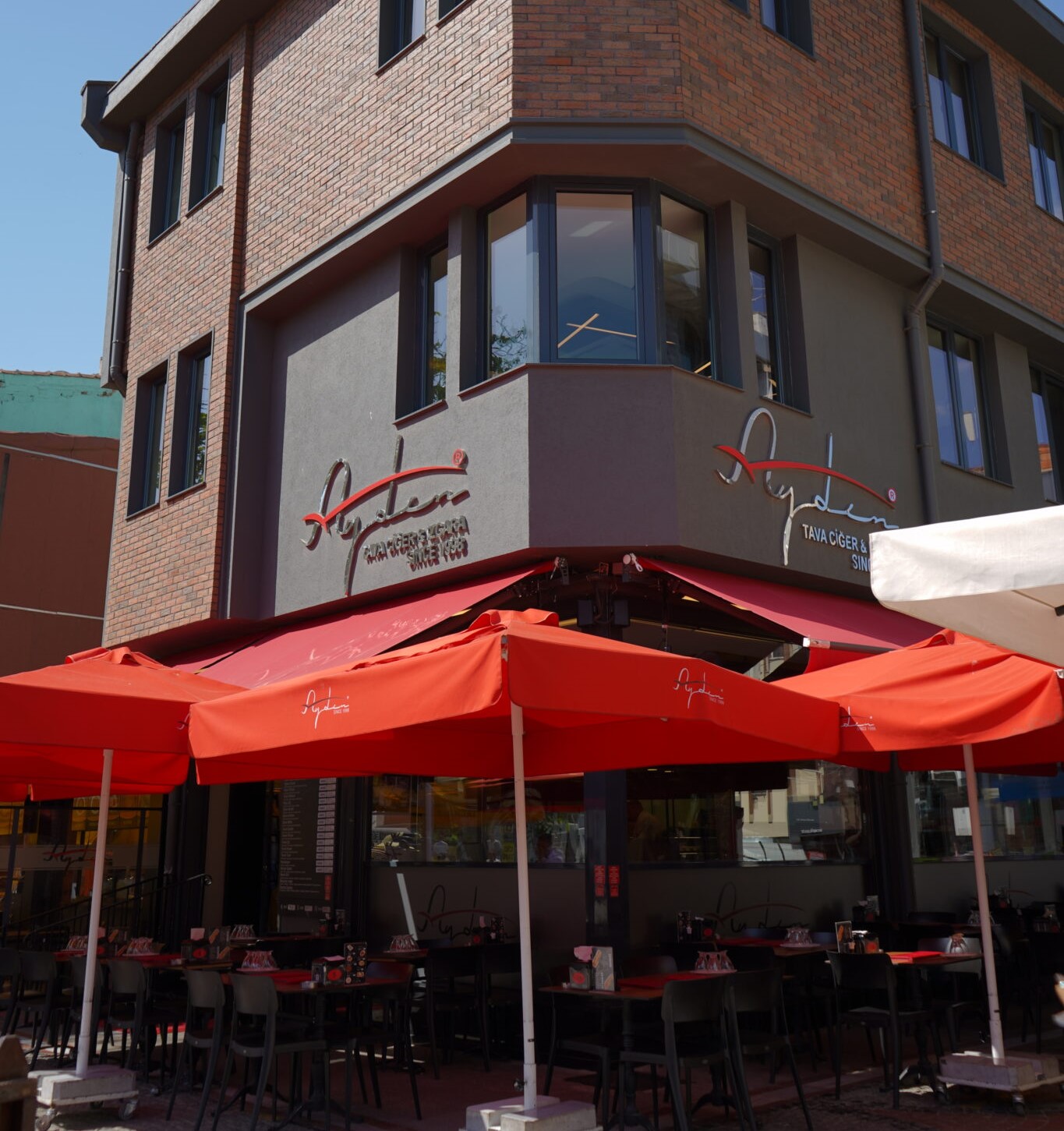
AYDIN TAVA CİĞER
When you come to Edirne, your trip is not complete without visiting Ciğerci Aydın, one of the city’s delicious stops. This place, which offers the best of Edirne liver, one of the most special flavors of Ottoman cuisine, is an indispensable address for both locals and tourists.
Selimiye Camii
The Selimiye Mosque, which has become the symbol of the city of Edirne, the capital of the Ottoman Empire, is the work of one of the greatest and most genius architects of the world, Mimar Sinan. Living in the years when the Ottoman Empire was at its peak, Mimar Sinan was a genius who shaped this power through architecture, and it can be said that with the Selimiye Mosque, he reflected the might of the empire and created the peak of Ottoman architecture.
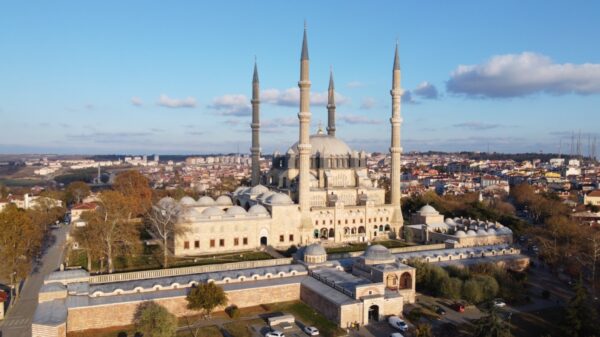
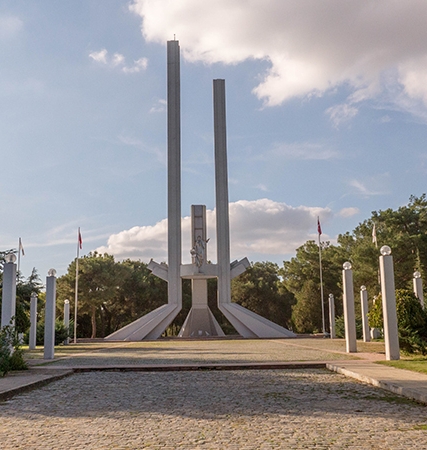
Lozan Anıtı
This museum and monument was established in the Karaağaç District, where the rectorate campus is located, with the leadership of Trakya University. The monument, which symbolizes the Lausanne Victory and world peace, has become an important visiting point together with the museum exhibiting the “Lausanne and İsmet İnönü” documents next to it.
EDIRNE MUSEUM
The two museums established in Edirne in 1925 and 1936 were brought together under a single directorate in 1954, and Muzaffer Batur was appointed as the director. After both museums were brought together under a single directorate, some short introductory articles were written, but a period of stagnation was experienced until 1966. As of this year, with the increase in the number of works, the construction of a new building was included in the program. It was decided that the new museum building, in line with the standard plan prepared by Master Architect İhsan Kıyığı, which was applied in many provinces of Anatolia, would be built in the area behind the Selimiye Mosque.
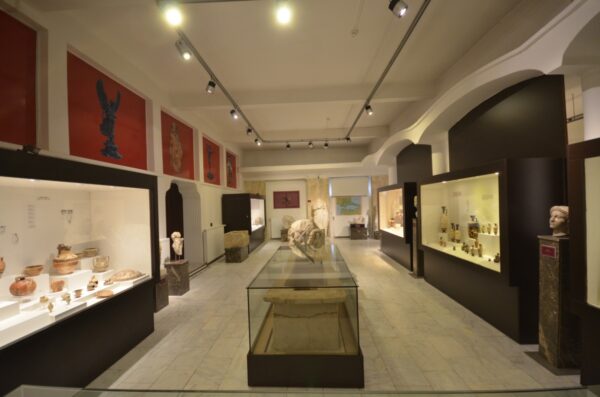
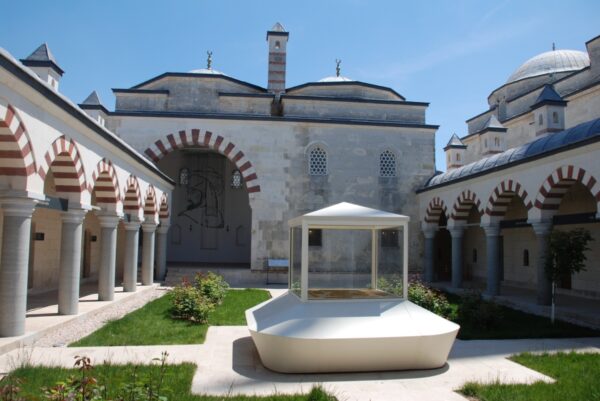
FATİH SULTAN MEHMET MUSEUM
Fatih Sultan Mehmet is one of the exceptional figures of Turkish, Islamic and world history. He is the founding genius who closed an era and opened another. Edirne is the city where Fatih was born, spent his childhood and youth, developed his personality, and embarked on an initiative that can be considered a turning point in world history, such as the conquest of Istanbul, where he ascended to the throne twice. The Saatli Madrasa, which is the museum location, is a part of the Üç Şerefeli Mosque and Complex, one of the masterpieces of 15th century Ottoman architecture. The museum building was built by Sultan Murad II, who transformed Edirne into a center of science with the madrasahs he founded.
THE STATUE OF LIBERTY
It is located at the entrance from the city in Uzunköprü, at the bridgehead. The Statue of Liberty was erected on July 24, 1908, in order to re-enact the constitutional monarchy and to establish the Meclis-i Mebusan. The universal principles of the French Revolution, freedom, justice, equality and fraternity, were written on the four faces of this monument. When the bridge was repaired in 1965, the monument was numbered and moved a little further away from the bridge. A new inscription was placed on the base. The monument, made of limestone, is 6.76 m high and reaches 8.11 m with its stone ornamentation. The monument is the symbol of Uzunköprü.
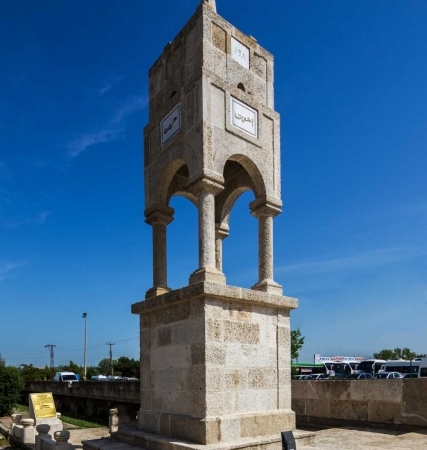
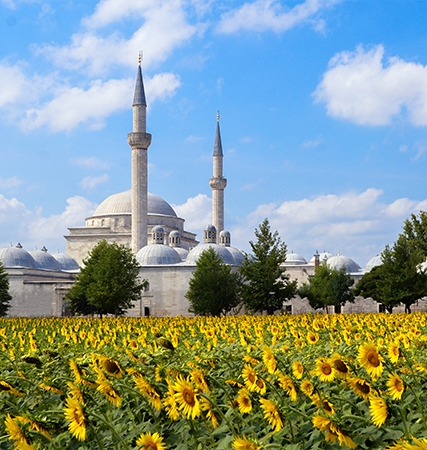
SULTAN II. BEYAZİD KÜLLİYESİ
The Trakya University Sultan II. Bayezid Complex Health Museum in Edirne has become one of the most popular museums in our country in recent years. This museum, which has made its name known both domestically and internationally with the international awards it has received, is the only museum that truly keeps an Ottoman hospital alive today. With this feature, it sheds light on the importance of the Seljuk and Ottoman hospitals of the past in our medical history. The fact that it was a sheep pen in a neighborhood just 25-30 years ago, and has now transformed into a museum that thousands of people come to see, is an indication that hospitals are still met with great interest and curiosity today.